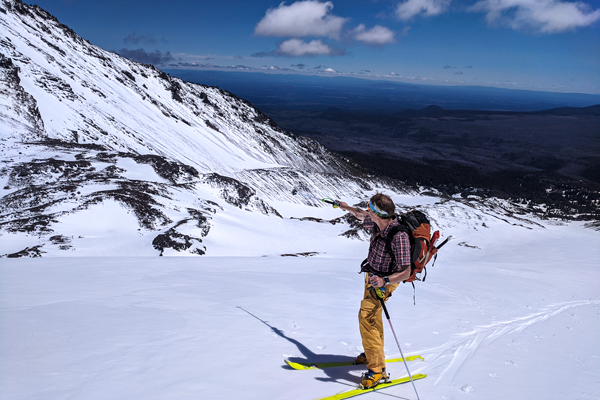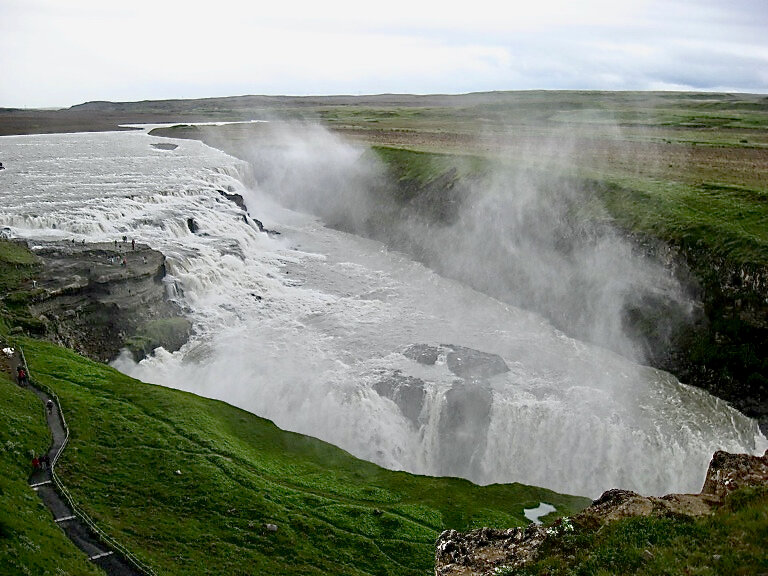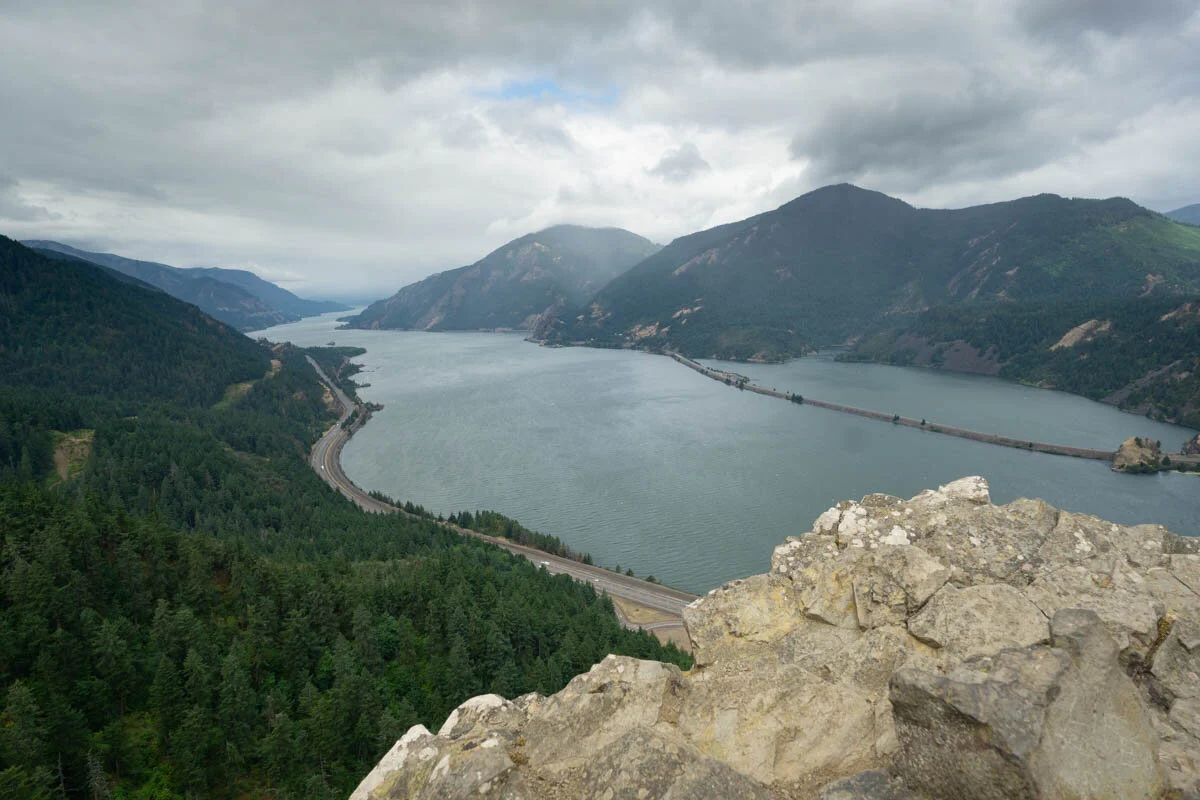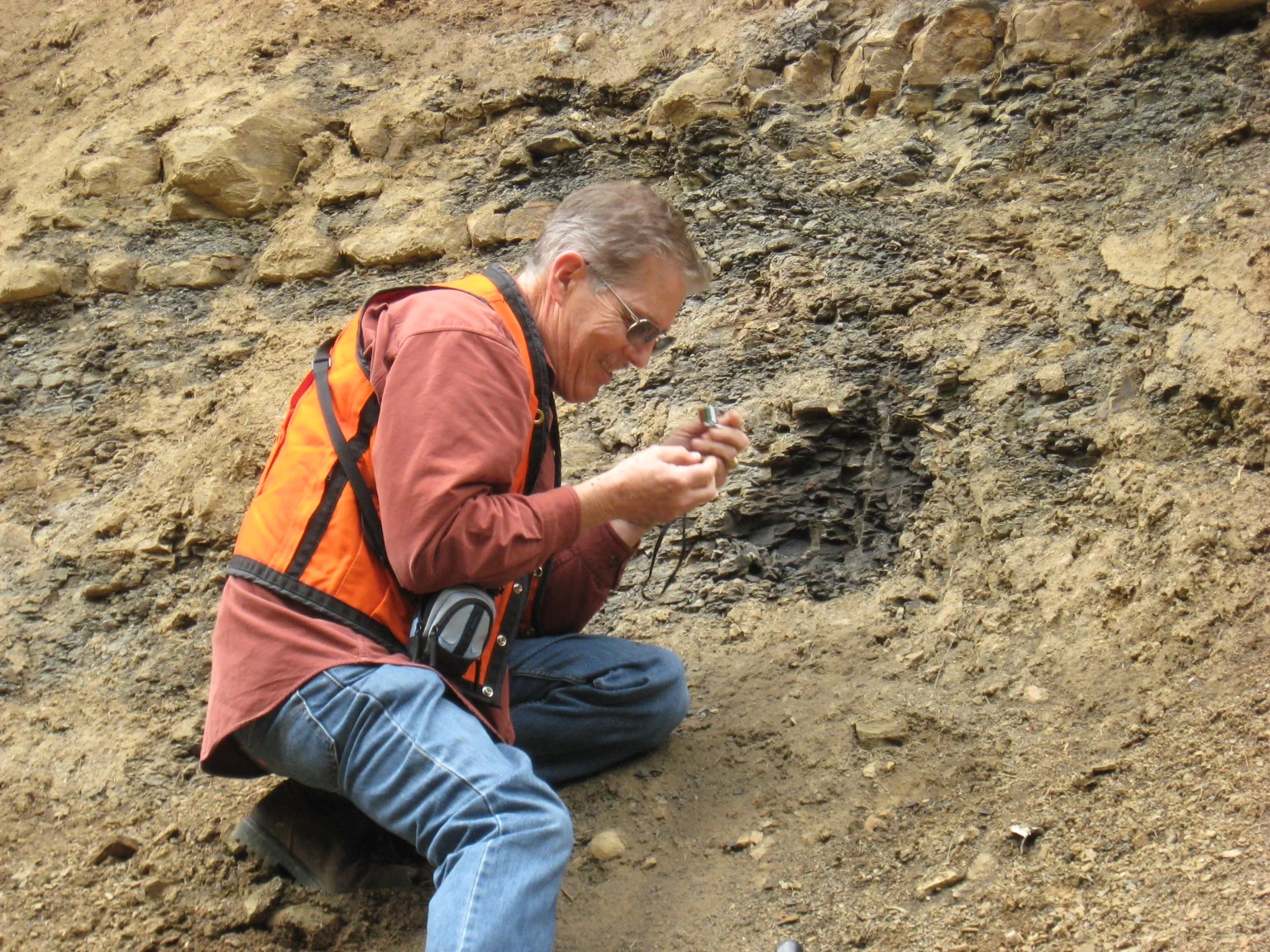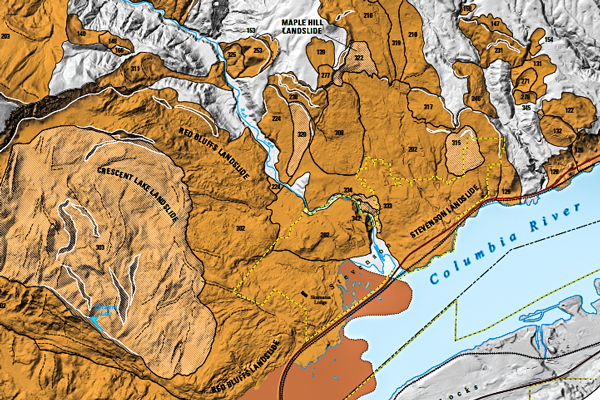
Friday Night Lecture: Stories in Stone
Most people do not think of looking for geology from the sidewalks they travel, but for the intrepid geologist any good rock can tell a fascinating story. All one has to do is look at building stone in any large city to find a range of rocks equal to any assembled by plate tectonics. Furthermore, building stones provide the foundation for constructing stories about cultural as well as natural history. In his talk, David will explore stone ranging from 3.5-billion years old to 120,000 years old, the most commonly used building stone in the country, and rock used by the Romans to build the Colosseum. He will discuss history, transportation, and architecture to give you a new way to appreciate urban geology. Plus, we’ll even be“visit" a couple of quarries and see where the stone originates.
David B. Williams is an author, naturalist, and tour guide whose award-winning book Too High and Too Steep: Reshaping Seattle’s Topography explores the unprecedented engineering projects that shaped Seattle during the early part of the twentieth century. This talk is based on Stories in Stone: Travels Through Urban Geology. Williams is also a Curatorial Associate at the Burke Museum. His next book, Homewaters: A Human and Natural History of Puget Sound, will be published in April 2021.

